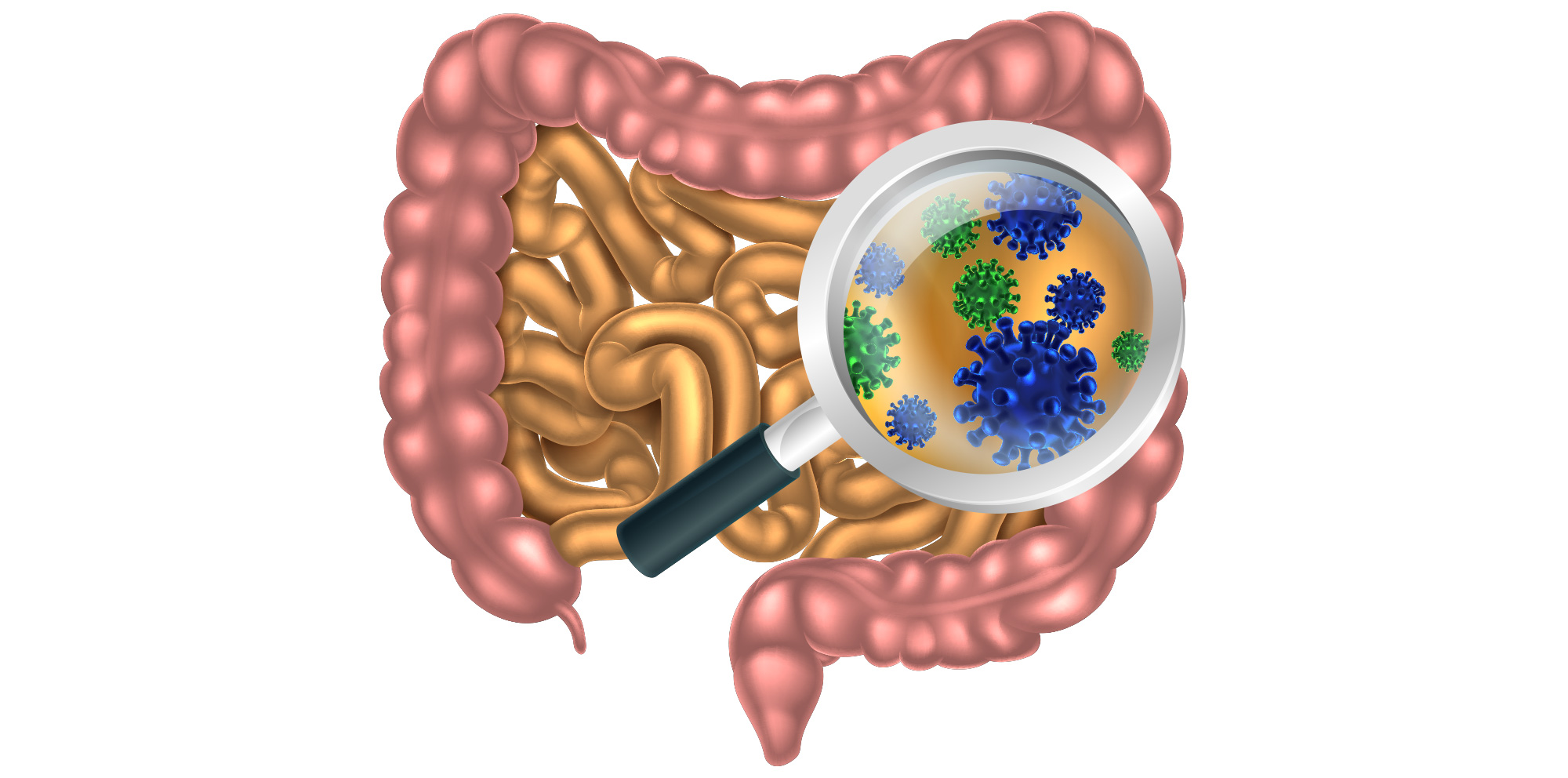The prevalence of autoimmune diseases has risen astonishingly in recent years. The cause has been attributed to multiple environmental factors including toxic chemicals and heavy metals, dietary factors, ionizing radiation, prolonged emotional stress, medications, postmenopausal hormone replacement, bacteria and viruses.
The American Autoimmune Related Diseases Association estimates that at least 100 different autoimmune diseases have now been identified with more than 50 million sufferers in our country alone. Sixty to seventy-five percent of all autoimmune sufferers are women with the highest incidence occurring in their twenties when women’s estrogen levels are at their peak.
One of the functions of our immune system is to protect the body by responding to the presence of toxins, allergens, viruses and bacteria by producing antibodies which, like Pac-Man, gobble up foreign invaders. Under normal conditions, the body’s immune response is not triggered to attack the body’s own tissues. However, in some cases, the immune system can make a mistake and attack the very cells and tissues they are meant to protect. This can result in a variety of autoimmune diseases depending upon what part of the body is affected.
How has our food changed?
Allergens. Some of the recent research surrounding the cause of autoimmune disease focuses on intestinal barrier dysfunction (also known as leaky gut syndrome) and the role of food allergens, particularly gluten, in triggering an immune response. This research reveals that cooked food proteins may cause very different immune reactions than raw food proteins. It also reveals that different combinations of food proteins can cross-react with one another to cause a different immune reaction than when the food is consumed alone.
Food Proteins. Food proteins are made of sequence chains of amino acids. When the sequence chain of a particular food protein resembles one of the body’s tissues or organs, such as the thyroid gland, there is a chance for these cross-reactive antibodies to attack the thyroid instead of the food protein. Proper laboratory testing can help to identify this process which is called molecular mimicry.
Added Hormones. Environmental estrogens (also called xenoestrogens or endocrine disruptors) are increasingly found in a wide variety of foods as well, including meat, eggs and dairy products from animals given exogenous hormones. These chemicals mimic the chemical composition of estrogen and can also be found in pesticides, plastics and plasticizers, and parabens in personal care products. Increased estrogen levels can fuel a process referred to as estrogen dominance. This process can result in the over expression of estrogen receptors and the formation of toxic estrogen metabolites which can lead to DNA damage and result in increased inflammation, unchecked cellular proliferation and autoimmune diseases.
Other research has implicated the Epstein Barr virus (EBV) infection as an environmental trigger of certain autoimmune diseases including systemic lupus erythematous, multiple sclerosis, rheumatoid arthritis and Hashimoto’s thyroiditis. It is believed the EBV infection drives the activation of genes that contribute to an individual’s risk of developing autoimmune disease.
In functional medicine, many practitioners are turning to the 5R Gastrointestinal Restoration Plan as a natural treatment protocol for leaky gut and autoimmune disorders as follows:
Remove unfriendly microbes from the gastrointestinal tract with anti-microbials including garlic, berberine, and oregano. Avoid gluten and gluten-containing grains, all dairy products, peanuts and cashews, sugar/syrups, and all processed foods.
Replace with different types of digestive enzymes including hydrochloric acid (betaine HCL), pancreatic digestive enzymes, and bile. To do so, emphasize leafy green vegetables, grass- fed beef, fresh caught salmon and organic turkey.
Reinoculate good bacteria with probiotics, including 5 Bacillus, lactobacillus, Bifidobacterium lactis, and butyrtic acid-containing supplements.
Repair the gut lining with curcumin, zinc-carnosine, mixed carotenoids, and serum bovine-derived immunoglobulins.
Rebalance the gut through lifestyle choices to address imbalances that may have led to the issue in the first place.
General detoxification protocols for environmental estrogens and other endocrine disrupting toxins also include: NAC 2400mg; L-Glutathione 2000mg; C-bioflavonoid 4000mg; milk thistle 900mg; selenomethionine 300mcg; alpha-lipoic acid 150mg; 5-methylfolate 150mcg.
The new science shows us that autoimmunity can be reversed. Be sure to consult your health care provider before beginning any program to treat autoimmune disease.
Dr. John Dixon can be reached at the Natural Medicine Group (760) 345.7300.
Sources: 1) Conference notes and proceedings, The Institute for Functional Medicine annual conference on autoimmune disease, May 2018; 2) Diamanti-KandarakisE et al, Endocrine Reviews 2009 Jun; 30(4) 293-342; 3) www.ncbi.nlm.nih.gov/pubmed/17261796.












































Comments (0)